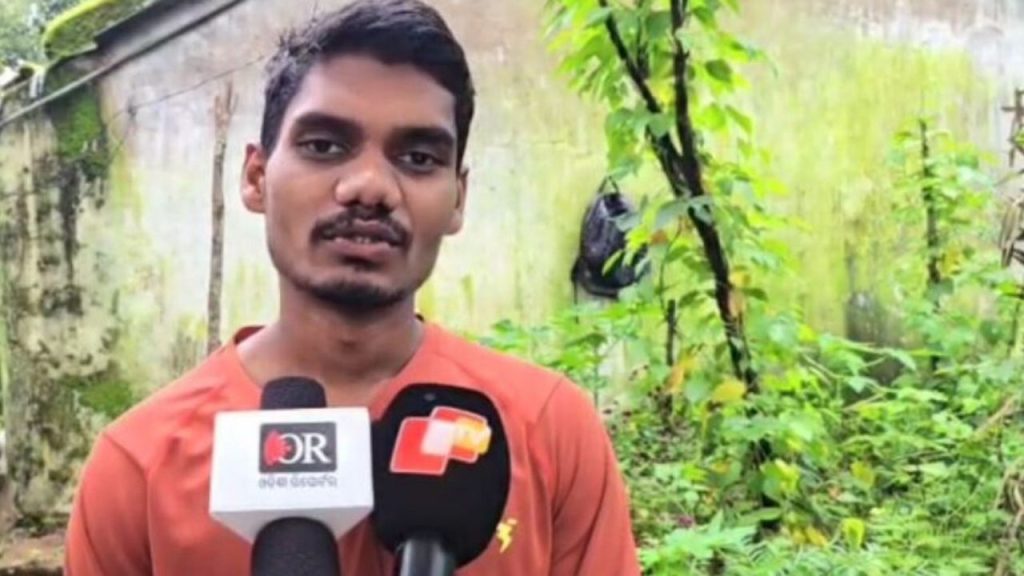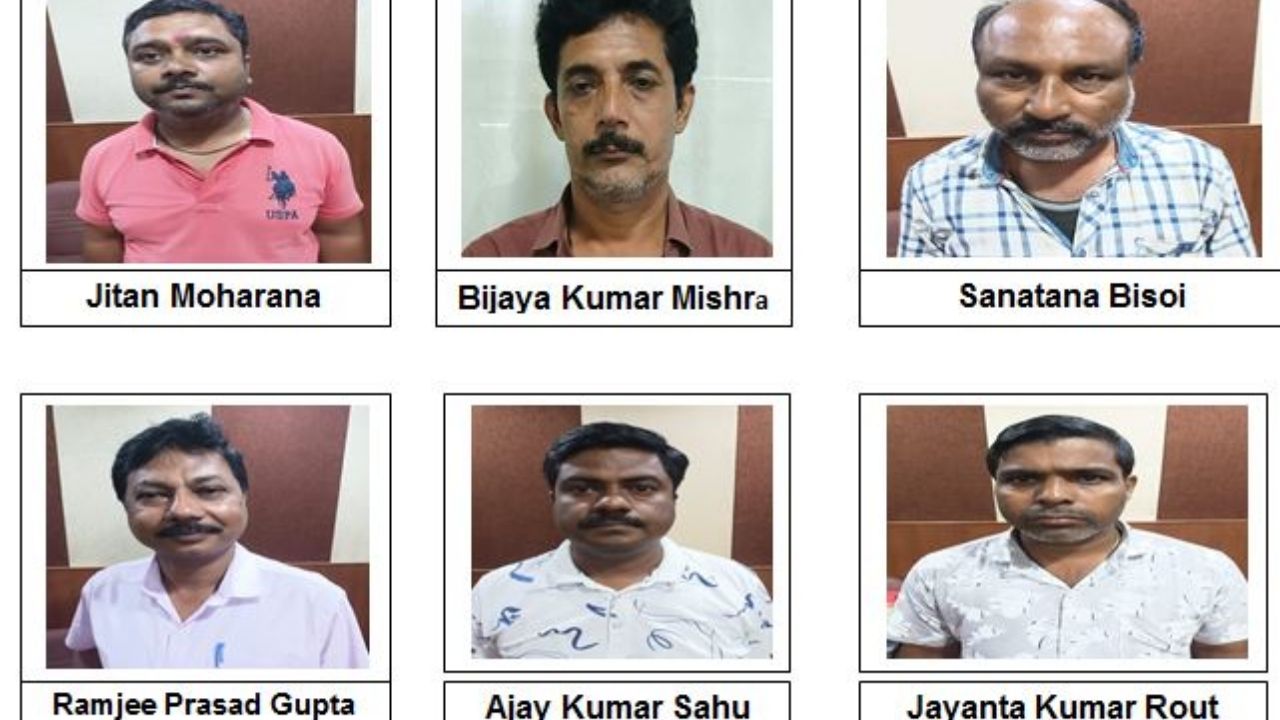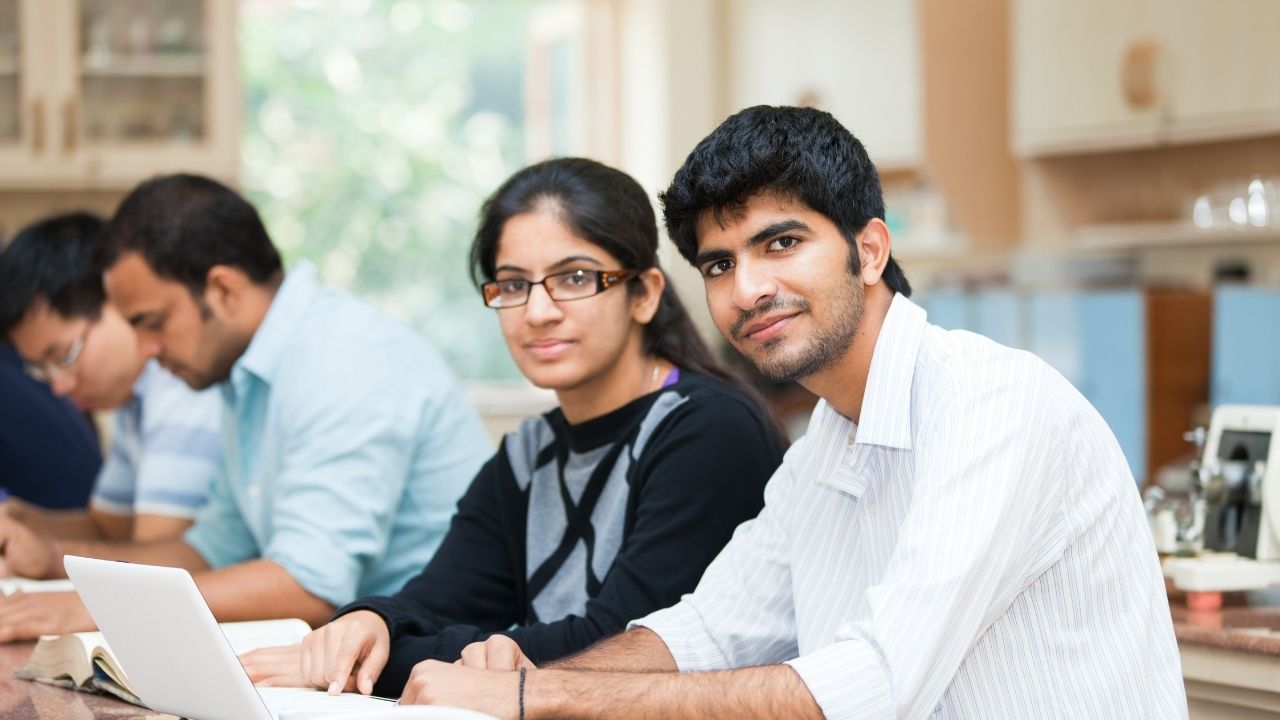In a small village in Odisha’s Kalahandi district, 18-year-old Narayan Majhi, the son of a domestic house help, has achieved a remarkable feat by securing a high rank in India’s highly competitive National Eligibility cum Entrance Test (NEET). This NEET success story transcends a personal victory, casting a spotlight on the formidable socio-economic hurdles faced by millions of aspirants in rural India.

House Help’s Son in Odisha Triumphs in NEET
| Key Fact | Detail | Source |
| The Achievement | Narayan Majhi scored 685 out of 720, securing an All-India Rank in the top percentile. | National Testing Agency (NTA) Results |
| Family Background | His mother, Shanti Majhi, is the family’s sole earner, working as a house help for a monthly income of approximately $50 (₹4,000). | Interview with the family |
| The Challenge | He prepared for the exam without access to expensive private coaching, relying on borrowed books and free online resources. | Local Media Reports |
| Exam Competitiveness | Over 2.4 million candidates appeared for the medical entrance exam in 2025 for roughly 100,000 undergraduate medical seats. | Ministry of Health and Family Welfare Data |
A Dream Realized Against All Odds
For Narayan Majhi, the dream of becoming a doctor was born from the harsh realities of his surroundings. His village, like many in the Kalahandi region, struggles with limited access to quality healthcare. His journey to clearing the NEET, the sole gateway for admission to medical colleges in India, was fraught with challenges that extend beyond academic rigor.
“There were days when we barely had enough for two meals,” Narayan said in an interview with a local news outlet. “My mother worked tirelessly. Seeing her sacrifice was my biggest motivation. I knew education was the only way to change our circumstances.”
His mother, Shanti Majhi, expressed immense pride and relief. “I never understood his books, but I knew he was working hard,” she stated. “I just made sure he had a lamp to study by at night and did not go to bed hungry. Today, all my struggles feel worthwhile.”
Overcoming Systemic Barriers
Narayan’s path underscores the deep educational divide in India. While urban students often benefit from specialized coaching centers that can cost thousands of dollars annually, Narayan’s preparation was largely self-directed.
A Community’s Support
He studied from second-hand textbooks passed down from seniors and spent hours at a community center that offered free internet access, where he watched lectures on YouTube. Teachers at his government-run secondary school provided additional guidance after hours, recognizing his potential. This combination of self-discipline and community support proved crucial.
The Significance of the NEET Exam
The National Eligibility cum Entrance Test, conducted by the National Testing Agency (NTA), is one of an aspiring medical student’s most significant hurdles. The exam tests candidates on physics, chemistry, and biology. The intense competition for a limited number of seats in government-subsidized medical colleges—where tuition is significantly lower than in private institutions—makes a high score a life-altering achievement, particularly for students from low-income backgrounds.
“A high rank in NEET is not just an academic achievement; for many, it is a direct pathway out of poverty,” said Dr. Anjali Mehta, an education policy analyst at the Centre for Social Research in New Delhi. “However, Narayan’s case is an exception, not the rule. It highlights the urgent need for a more equitable support system for talented students in underserved regions.”
A Beacon of Hope Amid Systemic Challenges
While stories like Narayan’s generate widespread praise, experts caution that they also reveal systemic failures. The lack of quality educational infrastructure and resources in rural areas means countless other bright students are unable to realize their potential. The success of one Odisha student against such odds is a testament to individual brilliance but also a call for policy reform.
According to a 2023 report from the Ministry of Education, students from rural areas constitute less than 30% of admissions to India’s premier higher education institutions, despite representing over 65% of the country’s population.
Community Reaction and a Future in Medicine
News of Narayan’s success has brought a wave of celebration to his village. Local officials have visited the family to offer congratulations and have promised support for his future education.
Narayan hopes to secure a seat at the All India Institute of Medical Sciences (AIIMS) in New Delhi, one of the country’s most prestigious medical schools. His ultimate goal, he says, is to return to his district to practice medicine.
“We need good doctors in our villages,” he stated, his voice filled with a quiet determination. “I want to ensure that no one in my community suffers due to a lack of access to medical care. That is the purpose I want my life to serve.”
Odisha Government Pushes for Expansion of Medical Education with 200 New Seats
Yuvodaya Honors NEET and JEE Achievers: Celebrating Excellence in Education
Odisha’s Higher Education Institutions to Offer Skill-Based Degree Programs in 2025
FAQ
1. What is the NEET exam?
The National Eligibility cum Entrance Test (NEET) is a pre-medical entrance test for students who wish to pursue undergraduate medical (MBBS), dental (BDS), and other related courses in government and private institutions in India.
2. Why is the NEET exam so competitive?
The exam is highly competitive due to the vast number of applicants compared to the limited number of available seats, especially in government colleges which offer high-quality education at a fraction of the cost of private colleges.
3. What challenges do students from rural areas face when preparing for NEET?
Students from rural and economically weaker backgrounds often face significant socio-economic hurdles, including a lack of access to expensive private coaching, poor quality secondary education, limited access to study materials and the internet, and pressure to contribute to family income.





